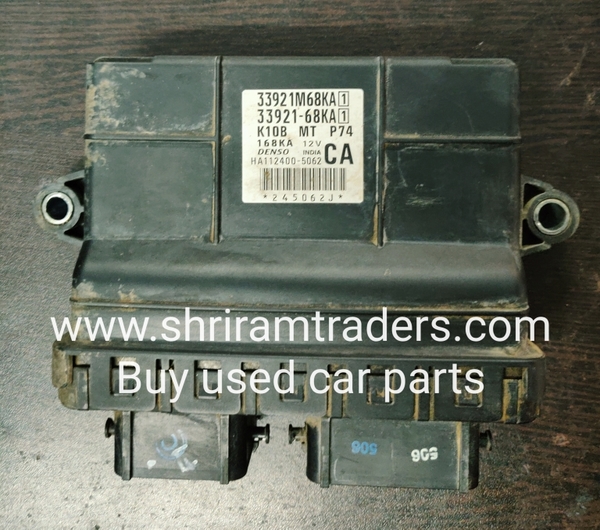

A detailed examination of connectors, wiring and vacuum hoses can often lead to a repair without further diagnosis. This is possibly the most critical step of diagnosis. The proper troubleshooting procedure for these vehicles is as follows: Visual/Physical Underhood Inspection In many cases this will shorten diagnostic time and often cure the problem without electronic testing. Resist the temptation to perform any repairs before performing the preliminary diagnostic steps.
What is a ecm on a car code#
Allow Code 12 to flash 4 times to verify that no other codes are present.Refer to diagnostics procedures in this section. Enter diagnostics, by grounding the appropriate ALDL terminals.This includes unplugging the module connector, disconnecting the negative battery cable, removing the module fuse or even attempting to jump your dead battery using jumper cables. To prevent the possibility of permanent control module damage, the ignition switch MUST always be OFF when disconnecting power from or reconnecting power to the module. On these models, it is recommended for this procedure to be performed at a properly equipped, reputable shop.

Some late model vehicles equipped with a 3.1L engine utilize both a PROM chip and an Erasable Programmable Read Only Memory (EPROM), which must be programmed with a scan tool after installation. This chip is not supplied with a replacement module and must be transferred to the new module before installation. Avoid touching pins or connectors to prevent damage from static electricity.Īll of these computer control modules contain a Programmable Read Only Memory (PROM) chip, CALPAK or MEM-CAL that contains calibration information which is particular to the vehicle application. Carefully follow all instructions included with the replacement part. Care must be taken when handling these expensive components in order to protect them from damage. Regardless of the name, all computer control modules are serviced in a similar manner.


 0 kommentar(er)
0 kommentar(er)
